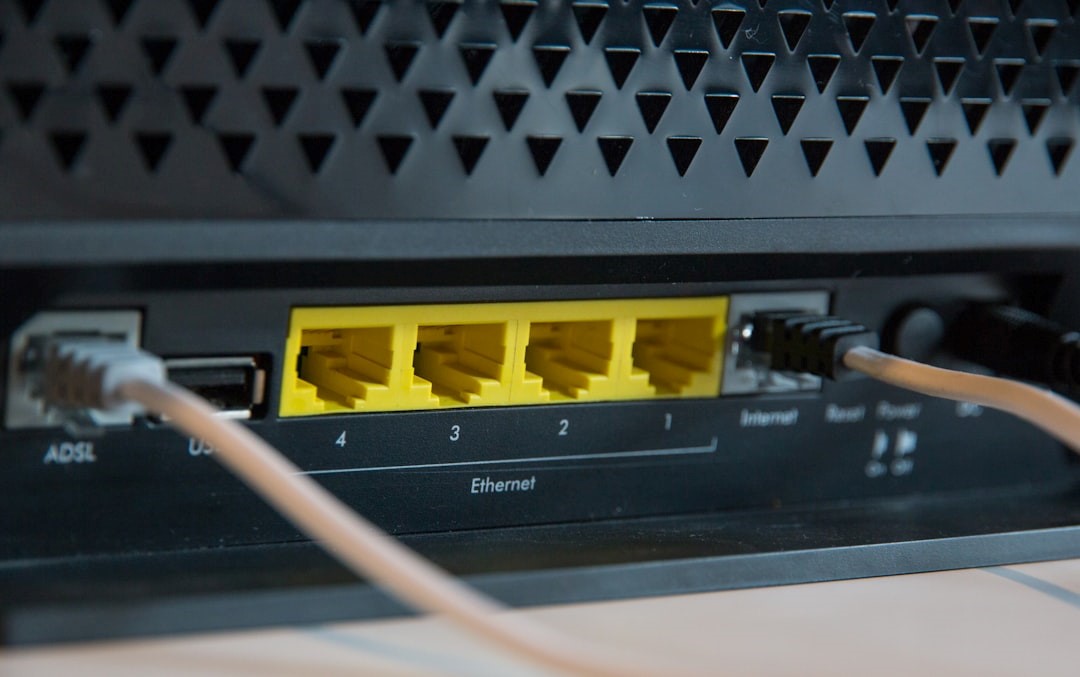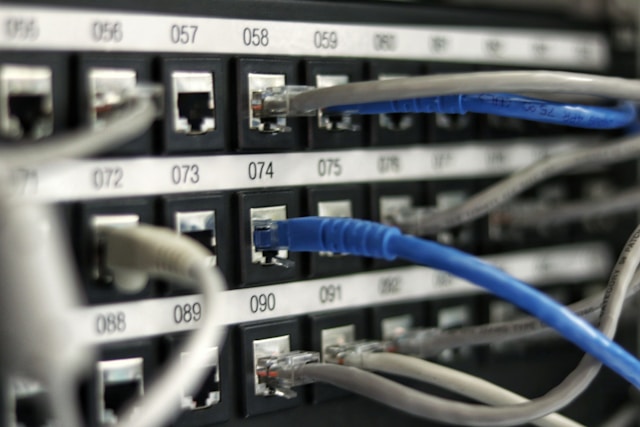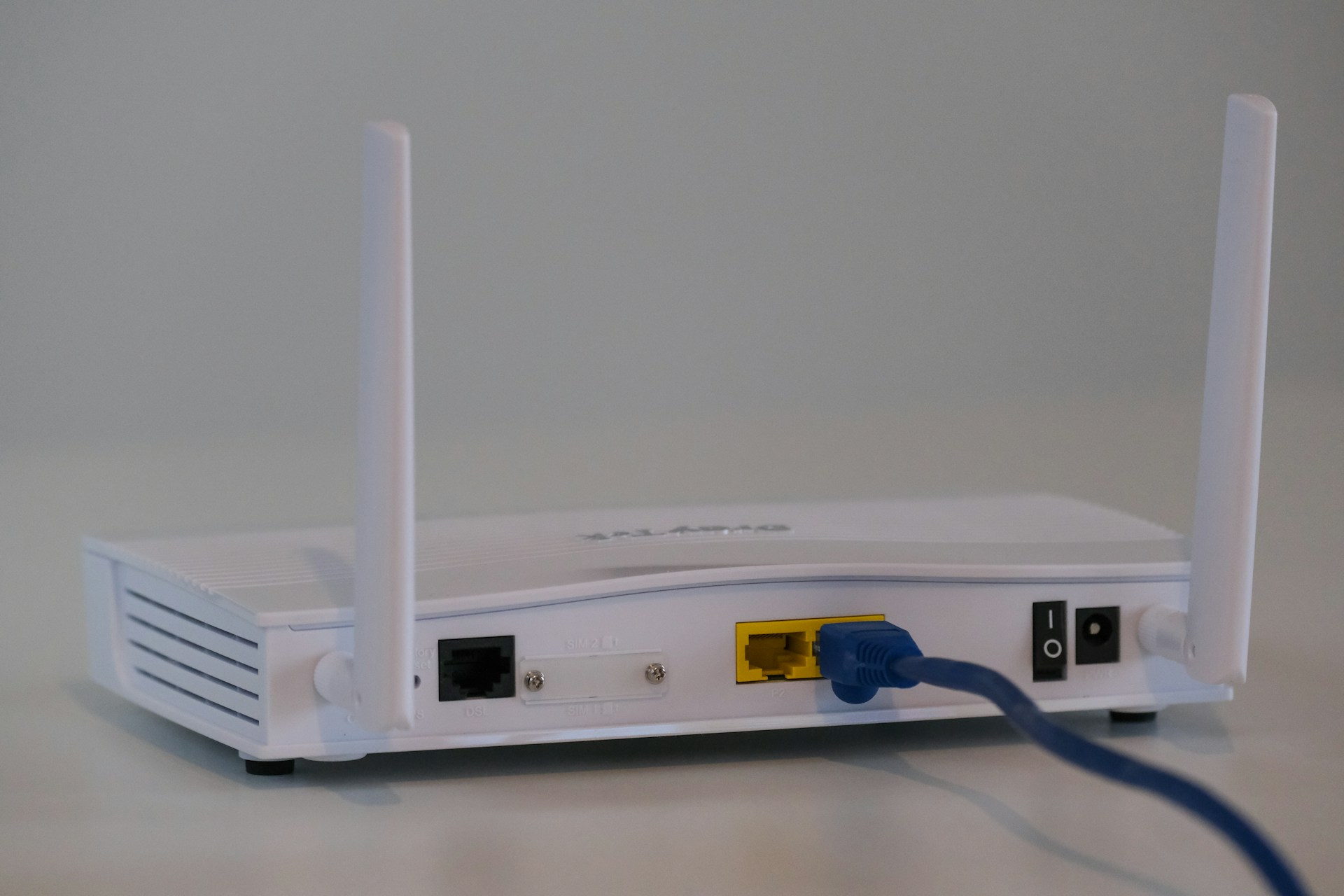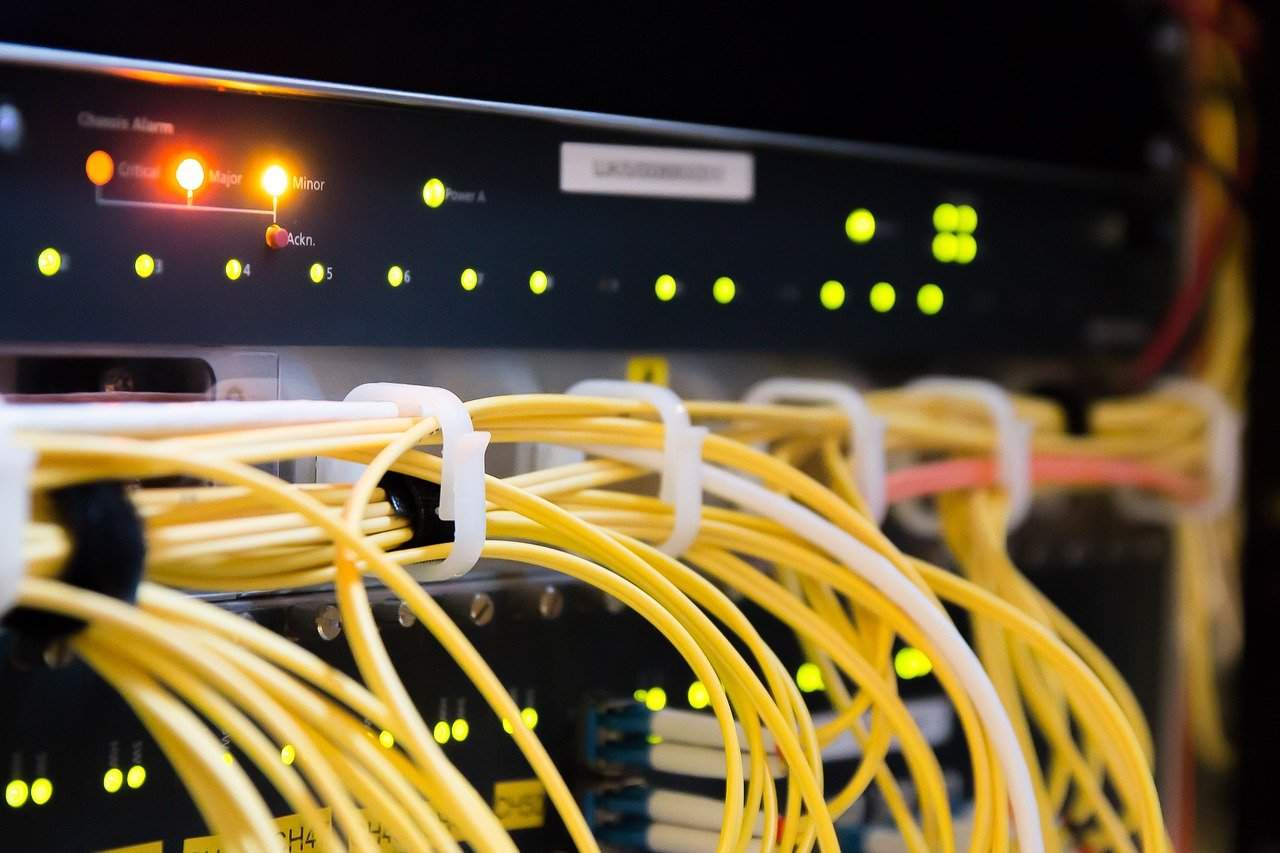Key Differences between Metro Ethernet and Leased Lines
-
November 29, 2022
-
9 min read

A digital world today requires businesses to have a reliable and high-speed internet connection to operate efficiently. Choosing between metro ethernet and leased lines is an important decision. Both provide dedicated connectivity, but they have key differences. These differences include performance, scalability, and cost.
For enterprises in India, maintaining smooth connectivity is highly crucial for productivity, cloud-based applications, and secure data transmission. But how do you decide which one fits your business needs?
In this article, we will compare “metro ethernet vs leased lines.” We will explain their features, benefits, and drawbacks. This will help you make the best choice.
What is Metro Ethernet?
Metro Ethernet is a high-speed networking service that uses Ethernet technology to connect businesses within a metropolitan area. It allows organisations to access office broadband internet with flexible bandwidth options. Typically provided by telecom operators, it is an excellent choice for enterprises that require cost-effective, scalable connectivity.
How Metro Ethernet Works, Key Features, Benefits, and Common Use Cases
Metro Ethernet works as a Layer 2 network. It gives businesses a high-speed and low-delay connection. It usually runs over fiber-optic cables.
It connects many places in a city. It uses Multiprotocol Label Switching (MPLS) and leased lines. This helps provide reliable performance.
Key Features and Benefits of Metro Ethernet
Metro Ethernet has many benefits. A great option for businesses that need fast, scalable, and reliable internet access exists.
- Scalability: Metro Ethernet allows businesses to scale bandwidth easily from 10 Mbps to 10 Gbps based on demand.
- Cost-Effective: Metro Ethernet is usually cheaper than a dedicated leased line. A good choice for businesses that need high-speed internet exists.
- Low Latency & High Performance: Ideal for VoIP, video conferencing, and cloud applications.
- Flexible Connectivity: It supports both point-to-point and point-to-multipoint connections. This makes it a great choice for businesses with many locations.
- MPLS and Leased Lines Integration: Metro Ethernet can integrate with MPLS networks to provide enhanced routing and traffic prioritisation.
Common Use Cases of Metro Ethernet
Metro ethernet is widely used across various industries because of its high-speed and scalable connectivity.
- Corporate Offices: Connects multiple branches seamlessly, enabling smooth data exchange.
- Educational Institutions: Supports e-learning, online assessments, and collaborative research.
- Healthcare & Hospitals: Guarantees fast access to cloud-based patient records and telemedicine.
- IT & Software Companies: Facilitates cloud computing, remote development, and data transfers.
- Media & Entertainment: Enables real-time streaming, video editing, and large file transfers.
- Retail & Ecommerce: Enhances cloud-based inventory and seamless transaction processing.
- Financial Institutions: Provides secure, real-time banking and trading connectivity.
- Government & Smart Cities: Powers public Wi-Fi, surveillance, and digital administration.
What is a Leased Lines, Features and Benefits, Applications of Leased Lines
A leased line is a private communication line. It gives businesses a direct link between two places or to the internet.
A leased line is different from broadband. Broadband is shared by many users.
A leased line gives a fixed bandwidth. This means it provides consistent speed, reliability, and security. It operates on fibre-optic or copper cables, delivering symmetrical upload and download speeds for seamless data transmission.
Key Features and Benefits of Leased Lines
To understand why businesses prefer leased lines, let’s look at their top features and benefits.
- Guaranteed Bandwidth: Leased lines offer a dedicated connection with a fixed speed. This ensures you have steady and reliable internet access, unlike standard broadband.
- High Reliability: With service level agreements for leased lines, businesses get uptime guarantees and prioritised support.
- Symmetric Speeds: Both upload and download speeds are equal, making it ideal for real-time applications.
- Enhanced Security: Businesses can configure leased lines with top security protocols like firewalls and VPNs to safeguard sensitive data.
Businesses can make sure they are getting the best speeds by testing leased line connection speed regularly. This helps in monitoring network performance and identifying any potential issues that may affect business operations.
Applications of Leased Lines
Leased lines are widely used across industries where high-speed, reliable office broadband internet is a necessity.
- Corporate offices and IT firms require stable connections for cloud applications.
- BPOs and financial institutions needing high-security data transfer.
- E-commerce and media businesses relying on high-speed uploads.
Metro Ethernet vs Leased Line: Key Differences
Have a look at metro ethernet vs leased line comparison:
| Feature | Metro Ethernet | Leased Line |
| Connection Type | Metro Ethernet uses a shared Ethernet backbone. | Leased Line uses a dedicated circuit. |
| Speed | Metro Ethernet is scalable from 10 Mbps to 10 Gbps. | Leased Line has a fixed speed from 10 Mbps to 1 Gbps. |
| Latency | Metro Ethernet has low latency, but it is slightly higher than leased lines. | Leased Line has extremely low latency. |
| Cost | Metro Ethernet is more cost-effective than leased lines. | Leased Line is more expensive due to its exclusivity. |
| Security | Metro Ethernet is secure but uses shared infrastructure. | Leased Line is fully private and highly secure. |
| Reliability | Metro Ethernet is reliable but depends on network congestion. | Leased Line offers the highest reliability with failover options. |
| Use Case | Metro Ethernet is best for businesses needing flexibility. | Leased Line is best for businesses needing dedicated bandwidth. |
Pros and Cons of Metro Ethernet & Leased Lines
Here’s a detailed look at the pros and cons of metro ethernet and leased lines. This will help you choose the best option.
Pros of Metro Ethernet
- Cost-Effective for High Bandwidth Needs: Metro Ethernet is usually cheaper than a dedicated leased line. This makes it great for businesses that need fast internet without spending too much.
- Scalability and Flexibility: Easily scale from 10 Mbps to 10 Gbps. This lets businesses increase bandwidth as their needs grow. Supports both point-to-point and multipoint connections, making it great for companies with multiple branches.
- Efficient for Cloud and VoIP Applications: Metro Ethernet works well with MPLS and leased lines. This keeps low-latency connections for cloud computing, video calls, and VoIP.
Cons of Metro Ethernet
- Shared Network Infrastructure: Unlike leased lines, Metro Ethernet uses a shared backbone. This can cause network congestion during busy times.
- Security Concerns: While secure, Metro Ethernet is not as isolated as a leased line. Businesses handling highly sensitive data may require additional firewalls and encryption.
- Less Reliable than Leased Lines: Metro Ethernet is not fully dedicated. Its reliability depends on the service provider’s network.
Pros of Leased Lines
- Guaranteed Performance and Reliability: Unlike shared connections, a dedicated leased line provides consistent, uncontested bandwidth 24/7. Comes with service level agreements for leased lines (SLAs) that guarantee uptime and performance.
- High Security and Privacy: Ideal for businesses handling confidential financial data, legal documents, or sensitive customer information. Businesses can configure leased lines with top security using firewalls, VPNs, and access controls.
- Symmetrical Upload and Download Speeds: Unlike broadband, leased lines offer equal upload and download speeds. This is important for businesses that use cloud-based applications.
- Leased Line Failover and Backup Options: Many ISPs provide leased line failover. This ensures you have service even if the main line fails.
Cons of Leased Lines
- Higher Cost: Because of its exclusive nature, leased lines are more expensive than Metro Ethernet. Monthly rental fees and leased line installation costs can be high, especially for SMEs.
- Fixed Bandwidth: Unlike Metro Ethernet, leased lines have a fixed bandwidth. This means the bandwidth cannot change based on usage. As a result, people may not fully use it during non-peak hours.
- Longer Installation Time: Leased line installation takes longer, as it requires dedicated infrastructure, especially for businesses in remote areas.
Choosing the Right Option for Your Business – Factors to Consider
When selecting between metro ethernet and a leased line, businesses must evaluate several key factors:
- Bandwidth Needs: A significant concern for companies is bandwidth. It affects the leased line connection.
- Inconsistent speeds can disrupt workflow and communication. So, businesses must first assess current and future bandwidth demands. Scalable solutions suit growing needs, while fixed connections offer constant speeds.
- Reliability and Uptime: Cloud applications, VoIP, and real-time tools require minimal downtime. Reviewing SLAs guarantees uptime and quick support.
- Security: Confidential data may require a private, dedicated connection with firewalls, VPNs, and encryption.
- Scalability: Businesses planning expansion must make sure their connection supports multiple locations without infrastructure upgrades.
- Latency and Performance: Low-latency networks are crucial for cloud computing, financial transactions, and remote access.
- Cost: Comparing installation, rental, and maintenance costs is essential.
- Support & Failover: Providers offering leased line failover and 24/7 support ensure uninterrupted service.
When to Opt for Leased Lines Over Metro Ethernet?
You should consider a dedicated leased line if:
- Your business requires 24/7 high-speed connectivity.
- You handle sensitive data and need top security configurations.
- Your operations involve VoIP, VPNs, or cloud services with critical uptime requirements.
- You need MPLS and leased lines for secure multi-location connectivity.
You can choose Airtel Internet Leased Line Solutions for dedicated, high-speed, and highly secure business connectivity. It has 99.5% uptime. The speeds are equal, and there is almost no delay. This makes it ideal for businesses that use cloud apps, VoIP, and financial transactions.
You also get flexible bandwidth options, 24/7 enterprise-grade support, and robust security to maintain smooth operations. Backed by strong SLAs, Airtel’s leased line guarantees uninterrupted, scalable, and secure internet for enterprises across India.
Conclusion
This guide on metro ethernet and leased lines shows that both provide high-speed connections. However, the best choice depends on your business needs. Metro Ethernet is a great choice for affordable and scalable bandwidth in cities. A leased line connection offers dedicated, secure, and steady speeds for important operations.
If your business needs constant internet for cloud computing, VoIP, VPNs, or financial transactions, a leased line is the best choice.
You can choose Airtel Internet Leased Line Solutions for guaranteed uptime, 24/7 support, and enterprise-grade security. With symmetrical speeds, flexible bandwidth, and robust SLAs, you get reliable connectivity to keep your business running smoothly. Upgrade to a dedicated connection today!
FAQs: Common Questions About Metro Ethernet and Leased Lines
Q1. What is the difference between Metro Ethernet and leased line?
Metro Ethernet is a shared Ethernet-based network suitable for businesses needing cost-effective and scalable connectivity. A leased line is a private circuit that offers guaranteed bandwidth. This makes it perfect for businesses that need high security and reliability.
Q2. Is Metro Ethernet layer 2 or layer 3?
Metro Ethernet works at both Layer 2 (data link layer) and Layer 3 (network layer). This makes it flexible for various business needs.
Q3. What are the examples of leased lines?
Common types of leased lines include:
- Point-to-Point Leased Line: Directly connects two locations with a private circuit.
- MPLS and Leased Lines: Used for secure enterprise networking.
- Internet Leased Line: Provides dedicated leased line connectivity for businesses requiring uninterrupted internet access.
 Share
Share









